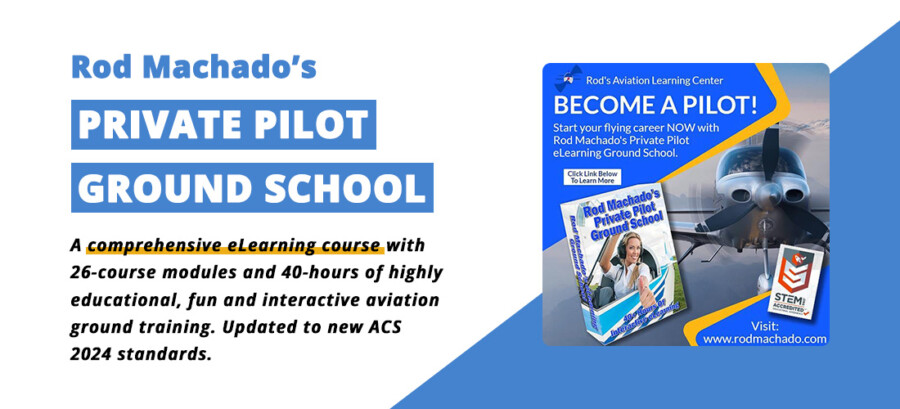Road to the Right Seat 19 – Navigating
25 April 2017 | Updated on February 05, 2024
This post is part of the story series Road to the Right Seat.
We've all had a crazy childhood dream and mine was becoming an airline pilot. Many young people who aspire a flying career are unaware of the content of flight training and the preparations which are needed. On November 23rd, 2015 I started my ATPL(A) training. Time to realize my childhood dream. I'd like to take you along on an adventure and I'll happily answer all your questions on the way. Let's do this!
View all stories in this seriesSept 13, 2016 – Life in Arizona is still great and I’m progressing through training quite smoothly. PT2 has been successfully completed and now it’s time to do solo navigations. Times flies when you’re having fun! Two more weeks to go and I’ll be halfway through training.
Next chapter
After my first test and solo flight, it was time for the next part of training: navigating. Once again there are plenty of new things to study and there’s a lot more preparation needed before you walk out to the airplane. But hey, it’s still a lot of fun!
Aviate – Navigate – Communicate
Flying a navigation is more complex than just flying from one point to another. The preparations take a lot of time and there’s always something to do throughout your flight. An important lesson to take from this is that a good preparation is crucial if you want to fly a successful navigation.
PT2
After having flown 8 navigations with my instructor it was already time for my second progress test. There wasn’t very much time to practice and to be honest it’s not too easy. The second test was also split up into a theoretical and a practical part.
The flight started as a normal navigation. Flying from one point to another, calculating timings and fuel, checking visual references… nothing out of the ordinary. The examiner then told me to divert to a specific mountain located in our practice area. Without a doubt the most difficult part of the test.


Once I had found the mountain on my chart I had to calculate the time, distance, fuel required and the altitude we needed to fly. Not an easy job in a cramped cockpit! To pass this section of the test I had to arrive at my diversion point within 3 minutes of my calculated time.
The last part of the test was a simulated engine failure followed by a simulated forced landing. I followed the necessary checklists, looked for an appropriate landing spot and positioned myself as good as possible to ensure a safe landing. Once the examiner saw that I was capable of making it to the field safely I had to execute a go-around and climb back to safe altitude.
After being in the air for over 2 hours it was time to head back to Falcon Field. To be honest, I wasn’t too happy about my performance, but we have to learn from our mistakes and… I passed! The examiner agreed that it wasn’t the perfect flight, but there was no reason to fail me after all.
I learned a lot from the de-briefing and went back home with a smile on my face. Now it’s time for solo navigations!
Phoenix Sky Harbor
To practice my navigations my instructor had decided we would take a rather special route for once. We were going to fly right above Phoenix Sky Harbor! With 1.200 airplanes and 100.000 passengers a day the airport is the 11th largest airport in the US.
In order for us to fly overhead the airport we had to request permission. They gave us an altitude and a heading to fly and that’s basically it! Now the only thing we could do way enjoy the view.


Since we’re not allowed to take any picture in the aircraft, I took this one from the internet. (Copyright: Scott Mulhollan)
300 kilometers
The day after our flight above Phoenix Sky Harbor I flew my very first solo navigation. No more circuits in Falcon Field, but a route of 300 kilometers through the Valley of the Sun!
All by myself. What an amazing feeling!


If you have any further questions about my training, feel free to leave a comment below. See you next week!
This post is part of the story series Road to the Right Seat.
We've all had a crazy childhood dream and mine was becoming an airline pilot. Many young people who aspire a flying career are unaware of the content of flight training and the preparations which are needed. On November 23rd, 2015 I started my ATPL(A) training. Time to realize my childhood dream. I'd like to take you along on an adventure and I'll happily answer all your questions on the way. Let's do this!
View all stories in this series




























